Shootout: Samsung Galaxy vs Google Pixel vs Apple iPhone
![]()
It’s been a few years now since smartphones became legitimate tools for professional photography. While a DSLR or high-end mirrorless is almost certainly the preferred choice, phone camera quality has reached the point where it can be used in many situations. TIME Magazine ran an iPhone photo as a cover image in 2012, and since 2017 many other major publications have had their own mobile-shot covers.
The first real challengers started to appear with the release of Google’s Pixel, a phone that topped DXOMark’s charts when it was released and earned fans for its serious real-world performance. Samsung also put serious work into improving its cameras, with the S8+ earning praise as well. Things have only gotten more crowded in the past year, with the incredible Pixel 2, the S9+, and recently, the Huawei mate P20 (which I haven’t gotten my hands on yet).
The S9+ is of particular interest because it not only features two lenses (one zoom and one wide-angle) but because it claims to be the first phone with an adjustable aperture. Its main wide-angle lens can switch between f/2.4 and f/1.5, potentially improving low-light performance (where small-sensor smartphones still generally fall short).
Samsung sent me an S9+ for review, and over the past month, I’ve gotten my hands on a Pixel 2. This is started as a comparison of the top two Android phones, but I wanted to give Apple its fair shot, too. I don’t personally own any iPhones, but I was able to borrow a colleagues iPhone 7+ and iPhone X for comparison. I also shot with my previous phone, an S8+ to see how Samsung has improved in the past year.
The one challenge I had here is I wasn’t able to get all devices together at once, and for the life of me, I couldn’t find anyone with an iPhone 8. Still, there are some interesting conclusions to draw from the images.
For my part, I’m not a professional photographer. I’m a journalist and video producer, and I’m generally shooting footage, not photos. As I’ve transitioned to using professional videos cameras for shooting, I’m less likely to carry around my DSLRs and have found myself relying more on my phone for quick pictures for article headers and thumbnail images.
All the pictures here are unedited and were shot in auto mode unless noted.
I started out with the 3 Android phones at Moss Landing in Central California. The first thing that is immediately apparent is how simple the Pixel 2 camera interface is. It’s essentially point-and-click, though it works extremely well. By comparison, the Samsung camera app has more than a half dozen different modes and options to tweak the camera performance. The one upside to this is Samsung does offer a robust Pro mode with manual settings, the downside is that the Pixel 2 frequently matched both the other phones with just a click, no tweaking required.



One thing that was immediately apparent is the default white-balance seems to have been tweaked, with the S9+ consistently producing warmer tones than the S8+. The HDR capture seems improved as well, though it can be a little inconsistent.



In terms of detail, the S9+ has a huge sharpness boost over the S8+, though at times it verges into harsh lines and an artificial look. One thing that stood out through all of these comparisons was how well the Pixel 2 renders detail. It doesn’t create the overly-sharpened high-frequency details the Samsung can create, but still shows a remarkable detail and clarity (especially for a smartphone).
Samsung images still look fantastic when downsampled or viewed on a small screen, but the oversharpening is especially obvious when viewed as a 100% crop. Samsung’s processing brings out tiny detail, the post-processing can feel excessive.



Despite these flaws, one serious advantage of the S9+ is the zoom lens, which provides a big shift in perspective with a 2x optical zoom. Interestingly, the images through the zoom lens don’t seem as affected by the over-sharpening. Over the past few weeks of using the S9+, I’ve actually come to rely more heavily on the zoom lens whenever possible. While wide-angle shots are sometimes required, the zoom does seem less affected by Samsung’s over-enthusiastic image processing, while still retaining fantastic detail.

I also brought this trio of phones on a hike with some friends, one of whom has an iPhone 7+, and we decided to try a little comparison. Now, this is not entirely fair as the iPhone 7 is a generation older than the other phones, but I was curious to see how it stacked up



Here the Pixel 2’s incredible HDR processing stands out, rendering the sky and hillside better than the other phones.

One thing had immediately stands out about the iPhone vs the Androids is how much less saturated it is by default. It also skews more magenta in almost every picture I took with it, as opposed to the Android phones all trending towards warm amber tones. Ultimately, in most test shots the iPhone probably did the best job accurately rendering colors, even if it looked a little bland by comparison.
This is especially true when it came to skin tones, as you can see in the following images. Maybe it’s just the higher saturation, but the Android shots feel slightly artificial, or at least more stylized, than the iPhone pictures.




These also show something I was surprised by. While the iPhone undeniably makes images that look great, and are the same resolution as the other phones (12MP), the iPhone images are vastly lower detail at 100%
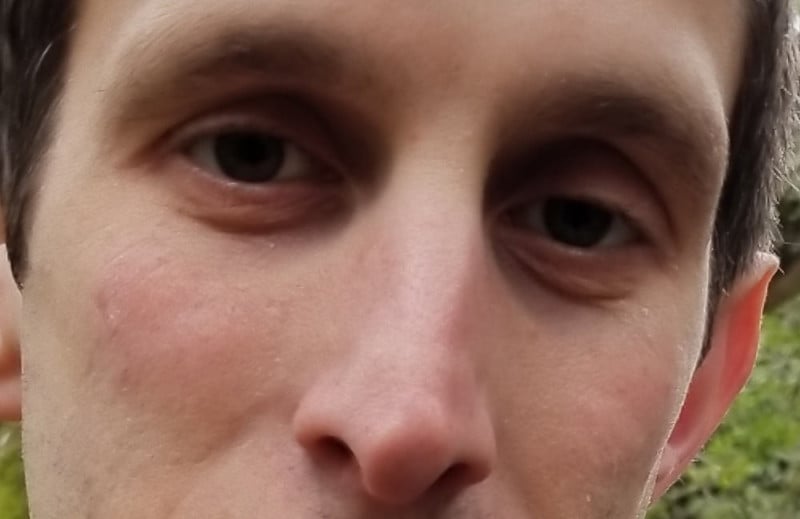
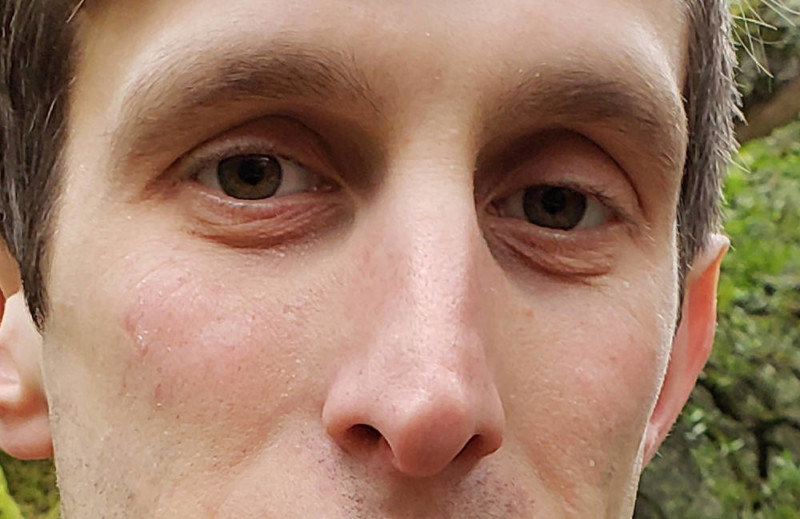
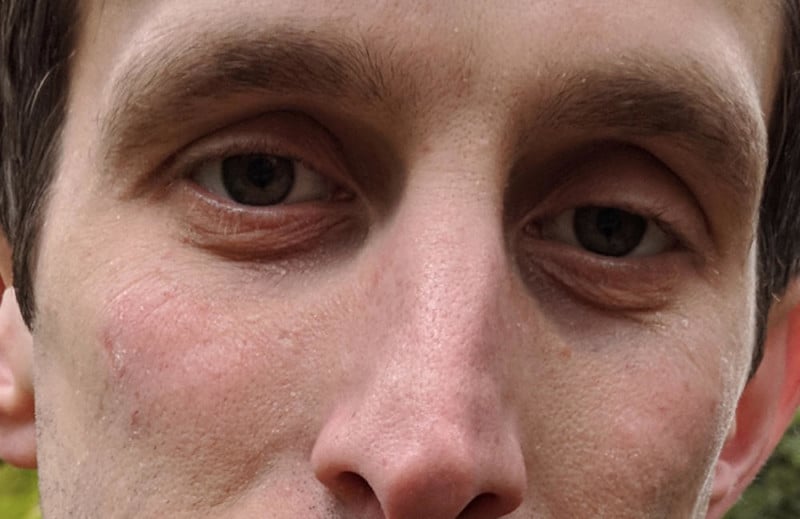
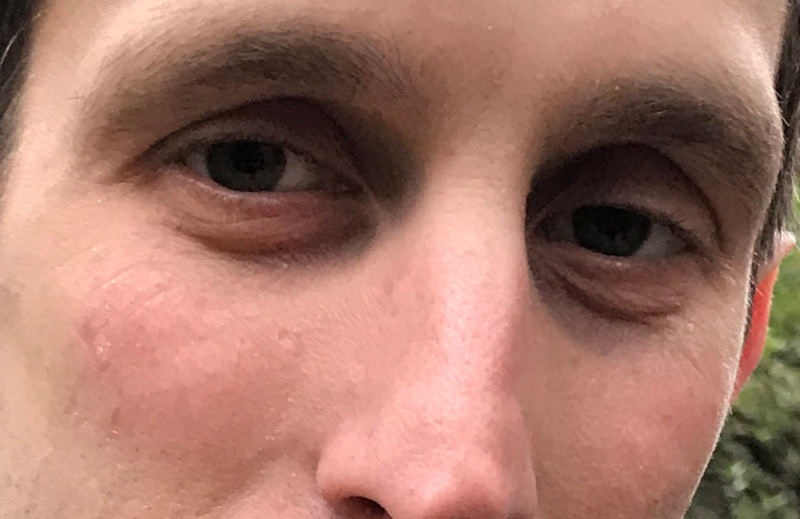
Despite all being 12MP images, the iPhone is much muddier and blockier viewed at 100%. I almost wonder if that’s part of what makes it so good for portraits. It undeniably has excellent color rendition, and while the detail level of the Pixel 2 especially is incredible and certainly desirable in some situations, it does accentuate fine detail more than you might want in a portrait shot.
However, this is not an entirely fair comparison. The iPhone 7 is a generation behind the competition here. To do a real test, I needed to get my hands on Apples top-line model, the dual-camera iPhone X. I finally got my chance at the Game Developer’s Conference in San Francisco, where I was able to snag a colleague’s phone and snap some test pictures.
A developer sitting outside the conference agreed to be my guinea pig.


S9+ (clearly I timed this one poorly)


The iPhone X retains a lot of the Apple color processing we saw in the iPhone 7, including the slight magenta shift vs the Android phones (though far less pronounced). Like the S9+, it does include a 2x zoom lens in addition to the normal wide angle.
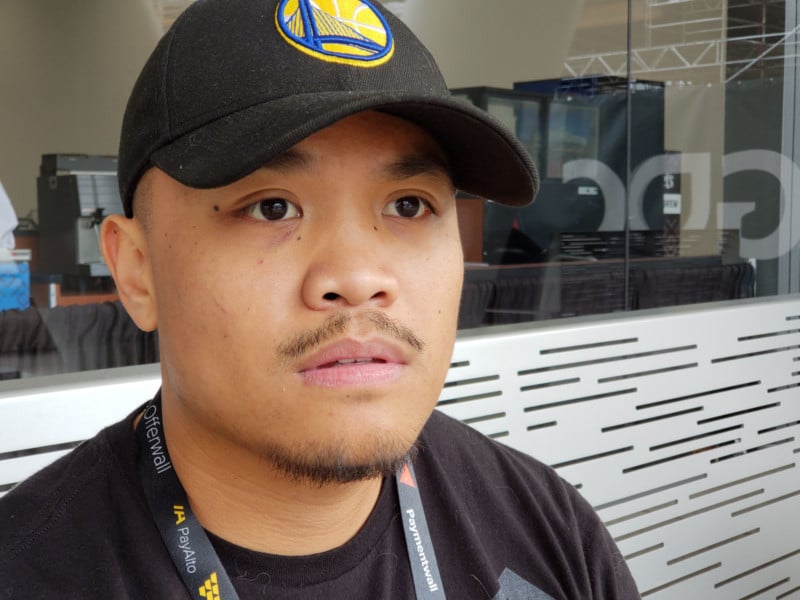
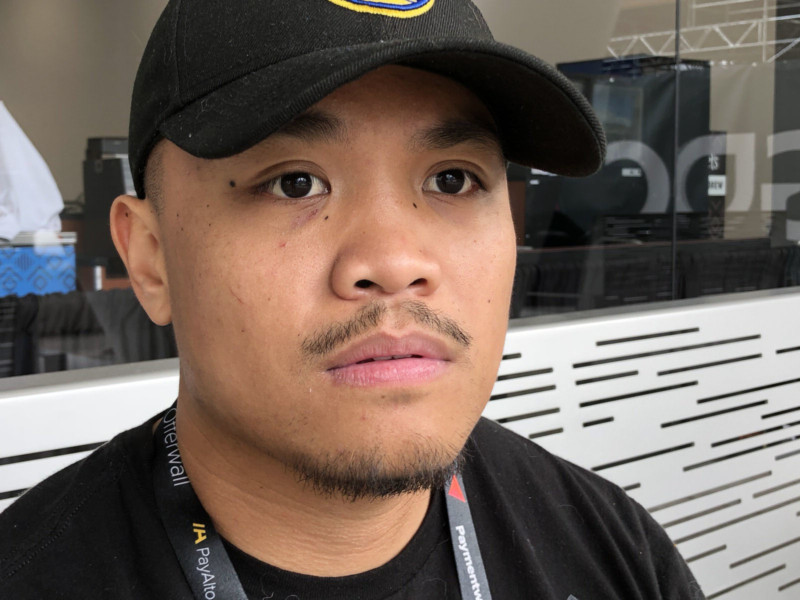
Color and skin tones remain excellent, and detail is hugely improved compared to the iPhone 7, without feeling over-processed. While still not quite as sharp as the Pixel 2, it’s a vast improvement from previous iPhones.
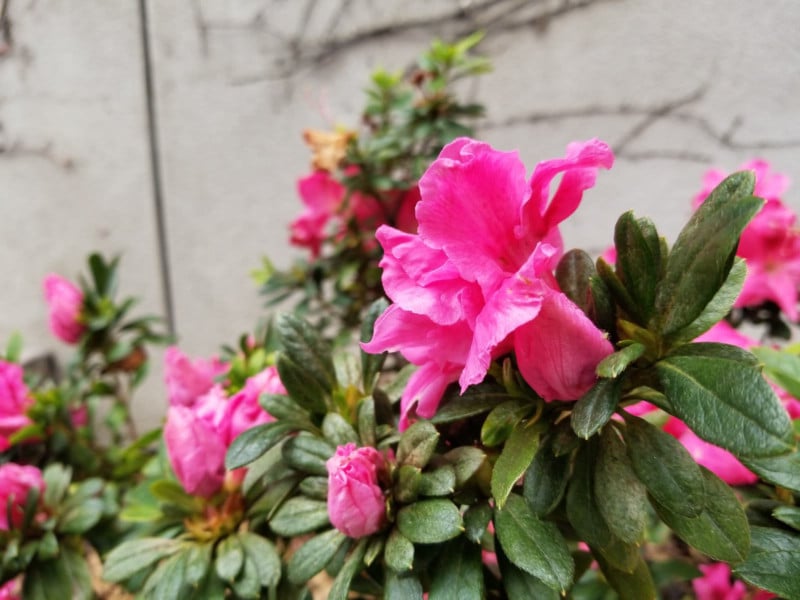
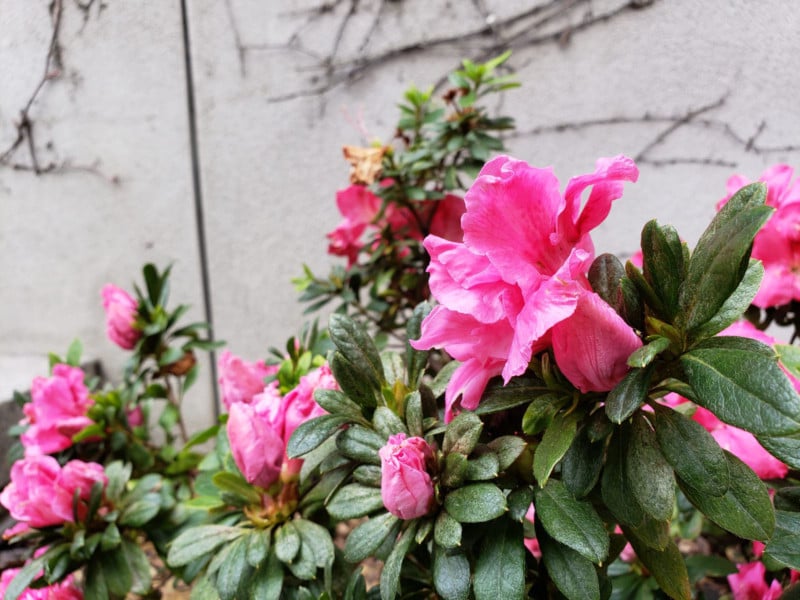

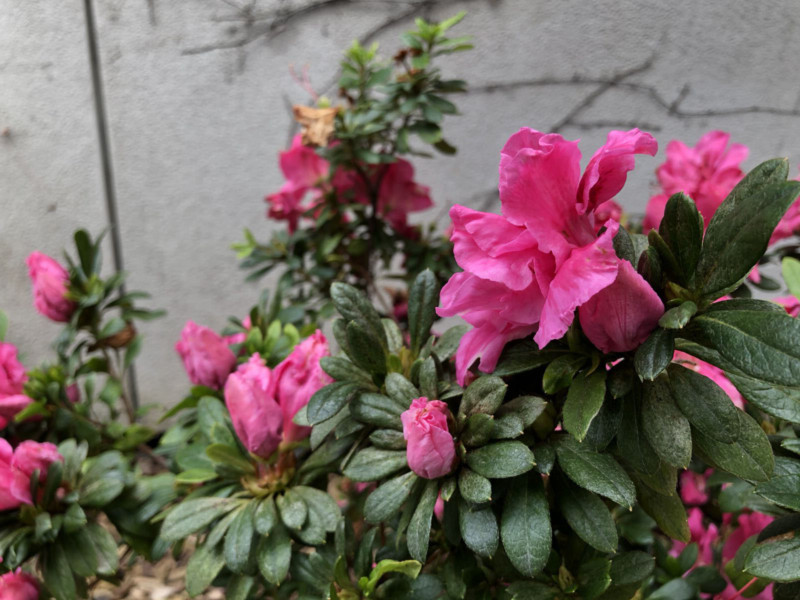
I wanted to include this image to show the remarkable difference in how these phones handle highlights. While all of these phones use some degree of image stacking / HDR technology, Samsung’s technology is definitely tuned to produce punchier, more high-contrast images right out of the phone. While this can create fantastic images, it does occasionally produce situations where highlights are blown out for no real reason.
Also interesting, while the iPhone 7 tended to produce more washed out images, the iPhone X occasionally over-saturated parts of the image, particularly warm tones. The iPhone X undeniably has better detail and sharpness vs the 7, but its habit of over-saturating means details can quickly be lost in brightly-colored parts of the image.
This also shows a general trend I found of the Pixel 2 creating darker images than the other phones, possibly to enhance its HDR effect.
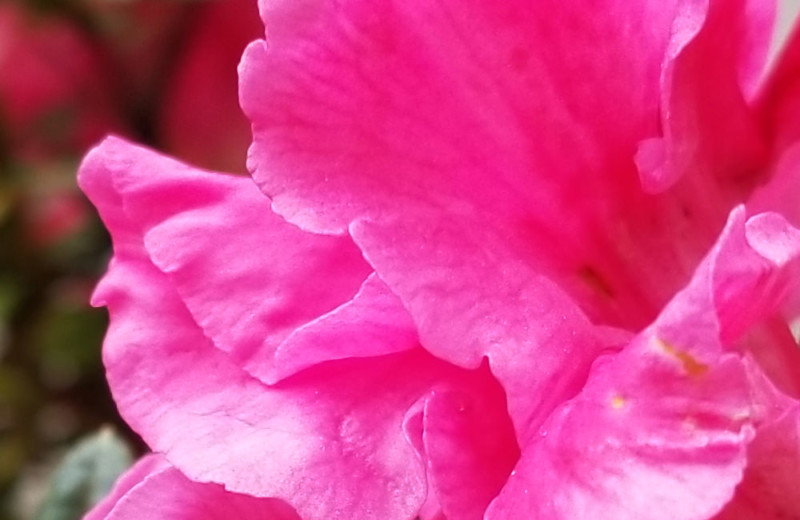
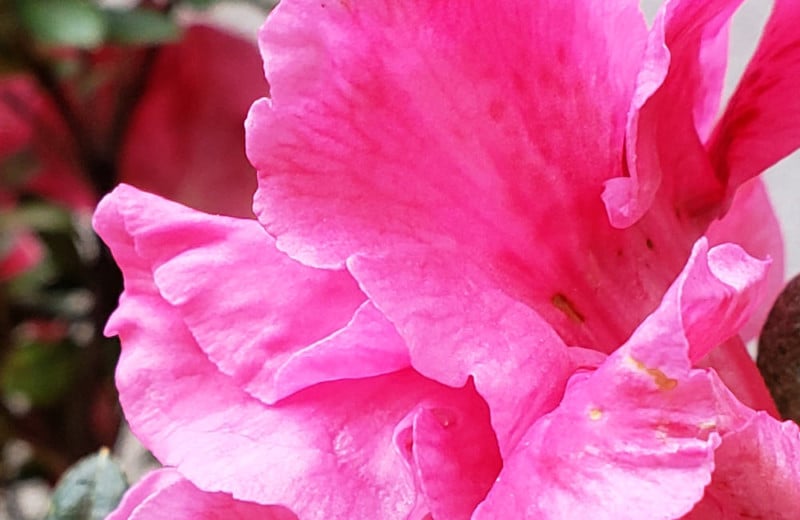
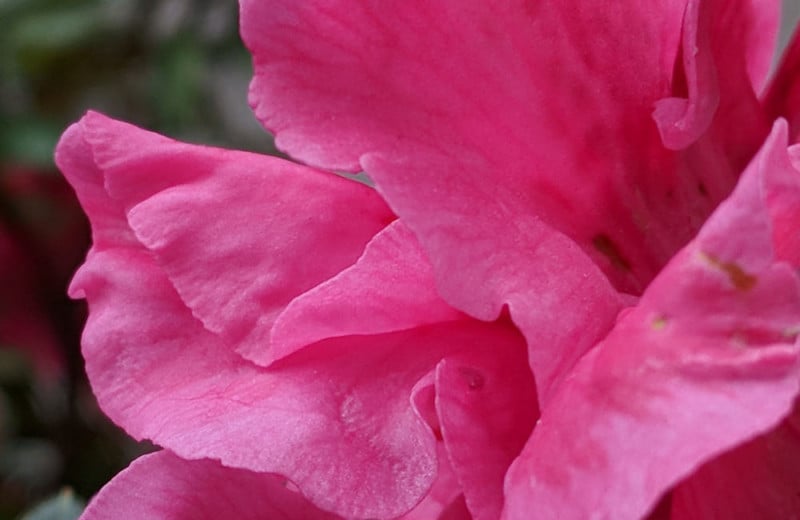
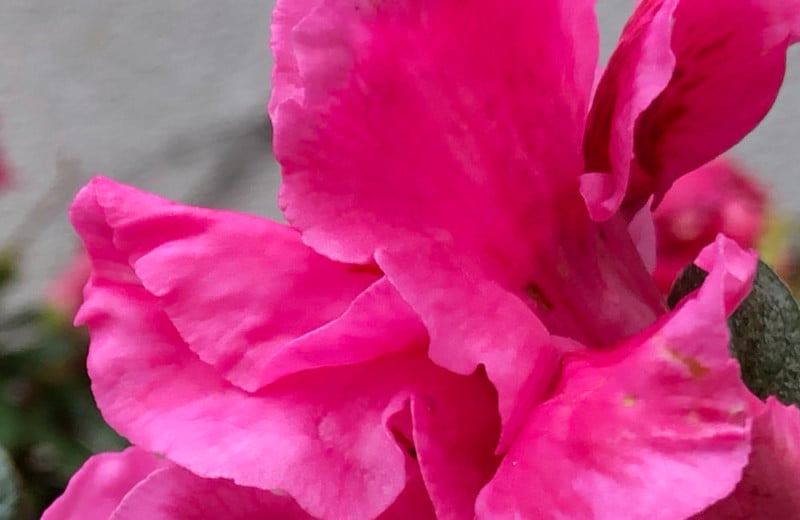
When it comes to rendering the subtle detail of the petals, the Pixel 2 leaves the competition behind.
So where does this leave us with the S9+? It’s got a great camera, but doesn’t render fine detail quite as well as the Pixel 2, and doesn’t render subtle colors as well as an iPhone X. However, that’s not to say it’s by any means a bad camera, and it does have a few tricks the others lack. Its zoom lens is a fantastic asset, (though one shared by the iPhone X), and it also can claim to be the only phone with a variable aperture. Many people worried the wide aperture would lead to bad corner softness, but that doesn’t seem to be the case.


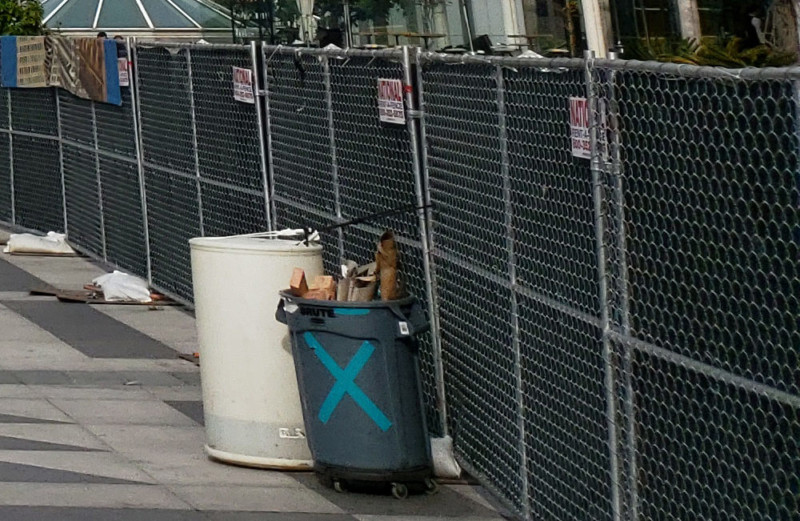
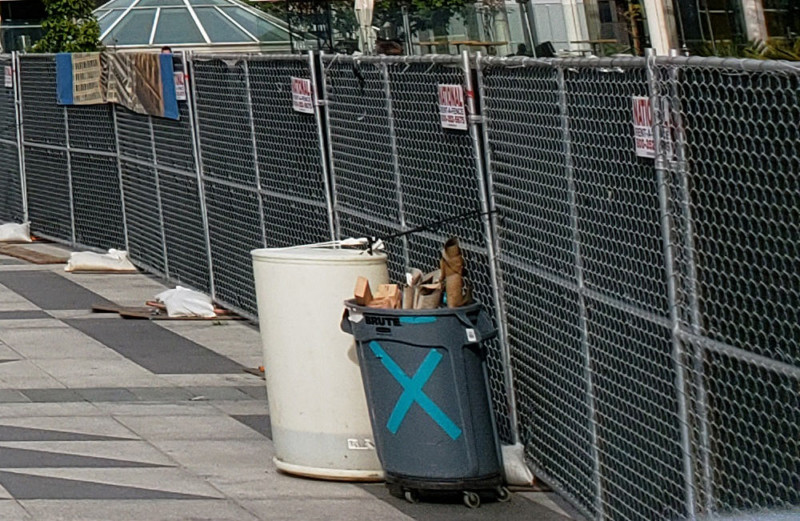
When shooting in the dark is still something that will hamstring the best smartphone camera, the ability to get even a little more light into the camera is a huge asset. Here’s the same scene shot at f2.4 and f1.5, all other things equal
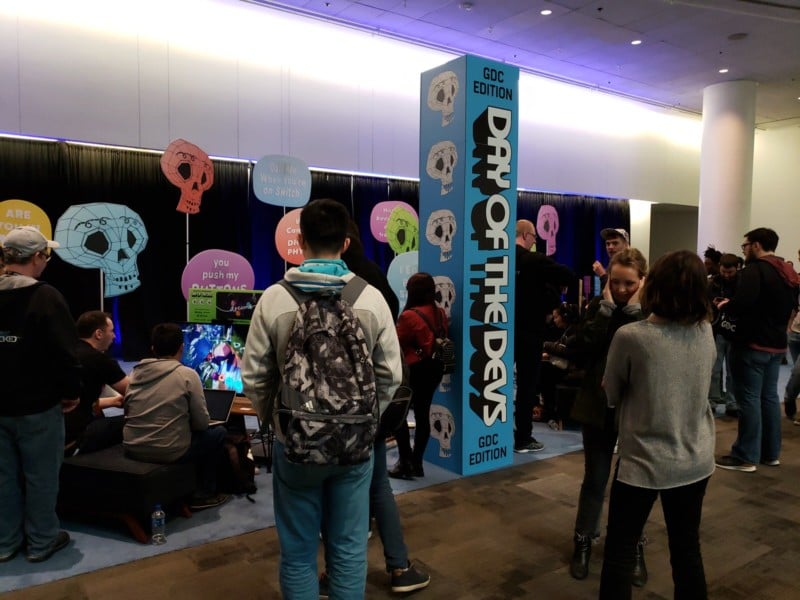

Considering the image does seem to really hold up well at f1.5 in terms of sharpness and detail, it actually raises the question of why bother with f2.4 at all?
If you’re worried about getting the maximum level of sharpness, at 100%, f2.4 is slightly sharper, but I haven’t noticed any problems with the wide aperture yet.
If you are quite close to your subject, f1.5 even does help separate the subject from the background without using artificial portrait modes. The following two photos are crops from DNG shots from the S9+ at f1.4 and f2.4
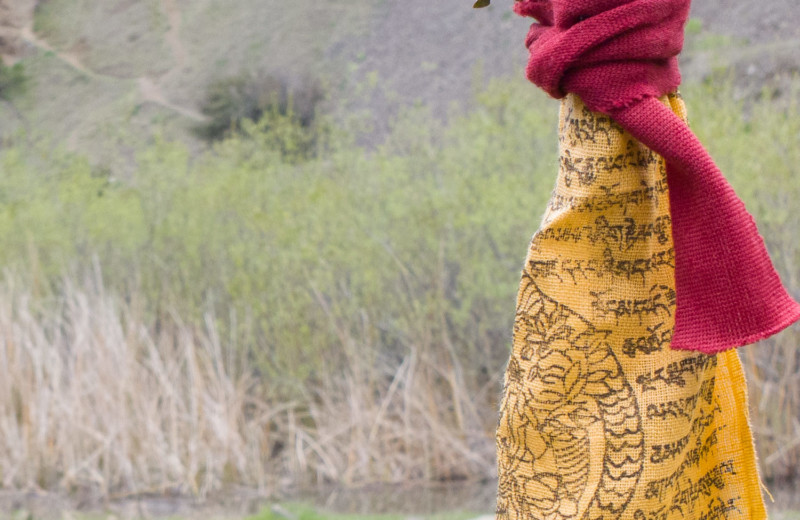
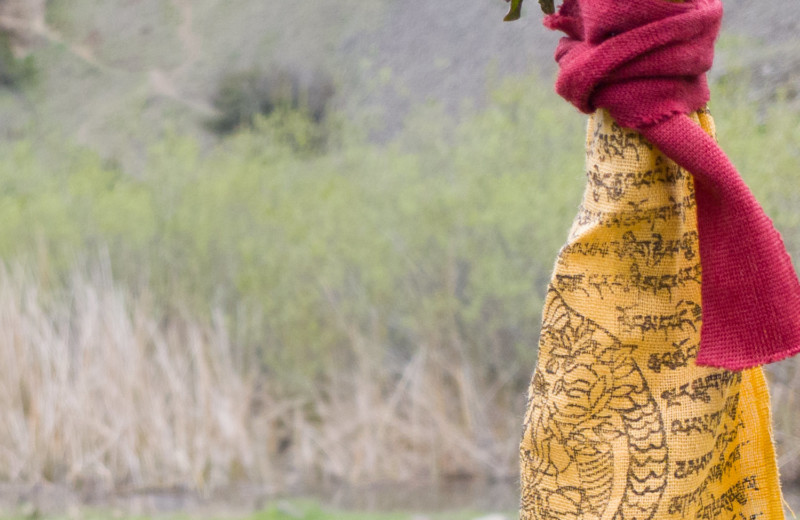
The ability to shoot DNG straight from the default camera app is another advantage Samsung has. Its Pro Mode really does offer good fine-grained control and makes it easy to capture DNG images. With Lightroom Mobile, it’s easy to edit these on the fly or sync them back to your computer. Shooting DNG also strips away the harsh Samsung over-sharpening and saturation boost that can wreck some pictures.
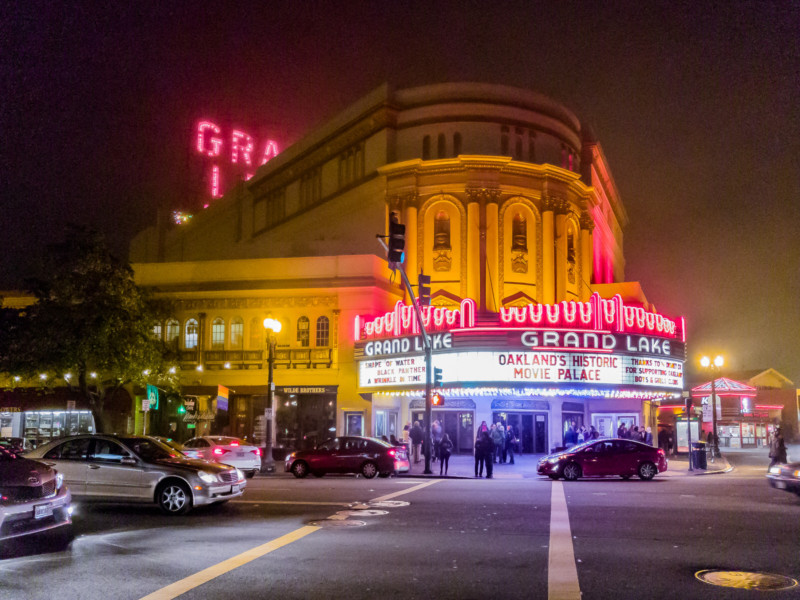

Any of these phones have cameras that are capable of delivering fantastic quality. Samsung’s S9+ offers the most flexibility with a great zoom lens, variable aperture, a robust pro-mode and DNG’s straight out of the app. The DNG images are remarkably flexible, and give you great control over your final image. However, in its default settings, Samsung’s camera app has a tendency to over-process and especially over-sharpen images, create pictures that pop, but that can feel harsh and artificial. It also skews toward warm hues, something that many people like, but to a degree that definitely deviates from reality.
The Pixel 2 is a jpg machine, lacking built-in DNG support. Its ability to create great images without mucking around in settings is remarkable, and it uses HDR to achieve a great dynamic range. It’s capable of creating great images with accurate color and incredible detail for a mobile camera, but, in some situations, that detail can be distracting or harsh, especially on people.
By contrast, the iPhones produce the muddiest photos of the bunch, but also some of the most aesthetically pleasing images. Their color, especially skin tones, is generally spot on, and their lower level of detail seems tuned for high-quality portraits that don’t accentuate wrinkles and pores. The zoom lens on the iPhone X is also a huge asset and only improves its portrait capabilities. That said, if you try to crop in, the images from either iPhone are notably lower detail, and the X had the odd habit of over-saturating warm tones in the image.
Despite the progress in mobile camera, I’m not arguing any of these phones should replace your mirrorless or DLSR camera. Larger sensors and better lenses still generally yield better results, and by virtue of physics, that’s unlikely to change anytime soon. But as always, the best tool is the one you have with you, and we’ve reached the point with mobile photography where we can all be walking about with some pretty fantastic cameras in our pockets.
About the author: Christopher Schodt is a visual journalist and video/media producer based in the San Francisco Bay Area. The opinions expressed in this article are solely those of the author. Schodt graduated from the UC Berkeley School of Journalism. You can connect with him on Twitter and LinkedIn.